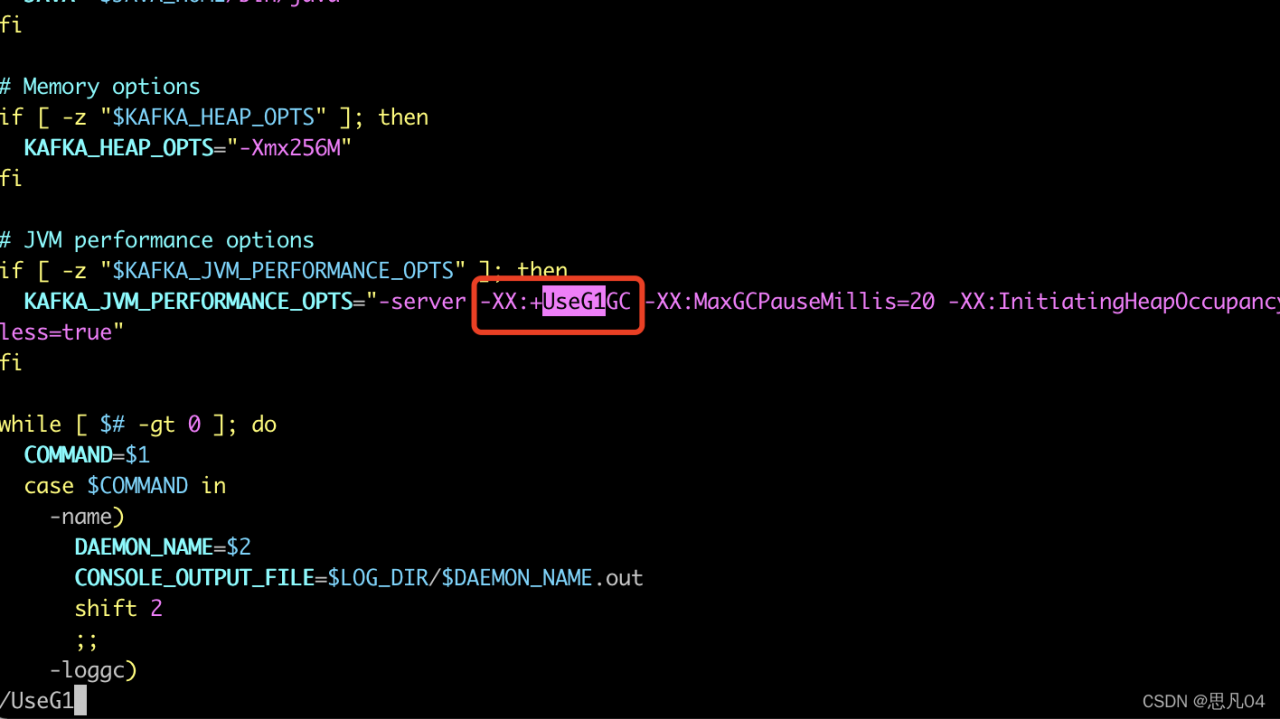
enable_guicolors = true # Disable statusline separator, if you want to use other value, please # install nerd fonts statusline_separator = "nil" statusline_iseparator = "bar" buffer_index_type = 4 # Display file type icon on the tabline, If you do not have nerd fonts # installed, please change the value to false enable_tabline_filetype_icon = true # Display current mode text on statusline, by default It is disabled, # only color will be changed when switch modes. colorscheme = "gruvbox" colorscheme_bg = "dark" # Disable guicolors in basic mode, many terminal do not support 24bit # true colors, the type of the value is boolean, true or false. by default colorscheme layer is not loaded, # if you want to use more colorscheme, please load the colorscheme # layer, the value of this option is a string. The Vimrc file can be as minimal as the one we've just created or much more complex, loading other scripts that add more functionality to the editor.# This is a basic configuration example for SpaceVim # All SpaceVim options are below snippet # set spacevim theme. Now we have all these settings in place, and we didn't need to enable them one by one. With these settings in place, we'll save and quit Vim, then open our sample.js file again. Lastly, we'll enable being able to backspace over essentially anything. Let's also enable some file type detection and some features to expand tabs into two spaces. To start off our RCFile, we'll add the original options for syntax highlighting and line numbers. This time, we're going to create our Vimrc file.

Let's quit this file and, then, start a new Vim session. This file sits in our home directory and will be run every time we start Vim.

vimrc and store all of our options there. Instead, we can create a Vim config file called. If we were to quit the editor and, then, start it back up again, we'd have to go back and reset all those options all over. In our last lesson, we looked at how we can set of Vim's options once we have the editor running.


 0 kommentar(er)
0 kommentar(er)
